Oregon slowly lost the Navy. No, the Navy did not get lost in Oregon; rather, you might say that the Navy retreated from Oregon and has not returned. Where are the active-duty military bases in Oregon? The fact is they are all gone. Oregon lost the Navy and all the branches of the military.
While in the Navy, I was always amazed at Oregon’s lack of military installations. Gradually, over the years since the end of World War II, almost the entire military moved out of Oregon. Some Army and Air Force reserve locations remain in Oregon.

Army and Air Force reserve locations often host the other branches of the military. Both California and Washington have several military bases. Oregon has a minimal military presence. Oregon lost the Navy. How did it happen? Honestly, you can blame the Navy and Congress. The Navy had better options, and Congress didn’t have the money. After World War II, the government made massive cuts in military spending.

Safe Harbors
Portland
The safest harbor in Oregon is Portland. Portland is along the Columbia River and isn’t suitable for the Navy. The problem with Portland and the Navy is that our ships would have to exit Portland by going down the Columbia River. This makes it unsuitable for the Navy because ships-at-sea are essential for the Navy. Ships hiding in Portland are not necessary. Thus for ships, Oregon lost the Navy because the harbor in Portland is unsuitable. It would be way too easy for an enemy to block the Columbia River and thus keep the Navy bottled up in port.

Coos Bay
Second to Portland, Coos Bay is the next harbor. Compared to Puget Sound, San Francisco Bay, and San Diego Bay, Coos Bay is tiny. For the Navy, Coos Bay really wasn’t a suitable option.

Naval Aviation
Without suitable seaports, Oregon could have been home to Naval Aviation. A Naval Air Station in Oregon could be the answer to military presence in Oregon. Both California and Washington have several very facilities that are home to both Air Force and Navy aircraft. Even given that Oregon has generally poor flying weather military aircraft are or should be used to operating in nearly any weather situation.
Naval Air Station Tillamook
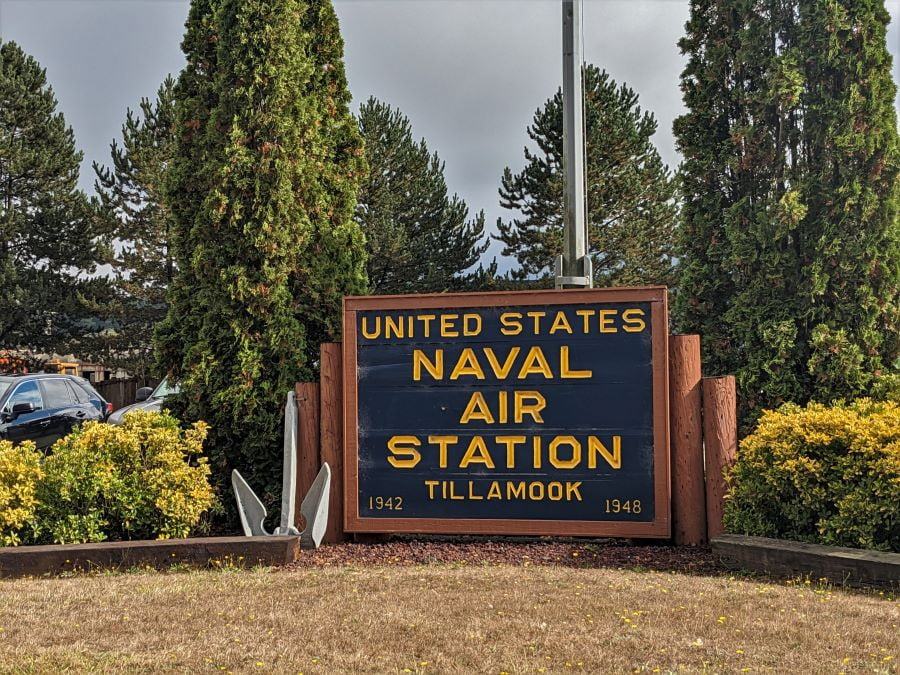
Naval Air Station Tillamook is in the northwest corner of Oregon. Better said, there was a Naval Air Station Tillamook. It has been closed since the end of World War II. The history and the remaining buildings make for an interesting story. Even though there was a Naval Air Station, it wasn’t built for airplanes. Naval Air Station Tillamook was built for blimps—lighter-than-air aircraft. Oregon lost the Navy when the blimp program was shut down after World War II.
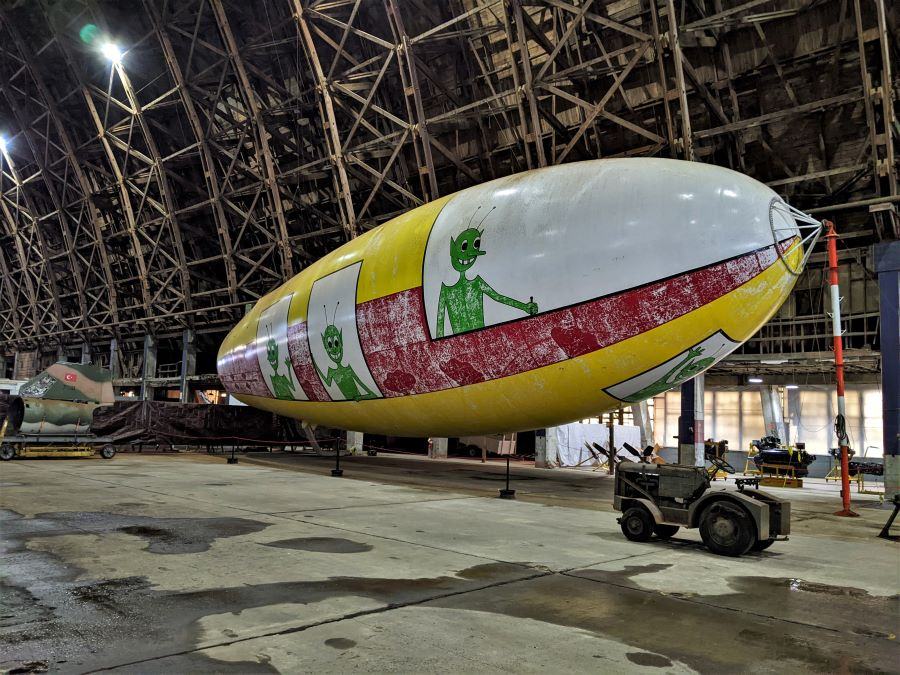
Dirigibles
It is incorrect to call these blimps dirigibles. The Navy airships were made by Goodyear, yes the same Goodyear who made (make) the Goodyear “blimps” that frequent football games and the occasional golf tournament. The Navy called these blimps K-Class Airships. I don’t think that the Navy liked the name blimp.

The difference between a dirigible and a blimp is the inner frame. Dirigibles have an inner frame and blimps do not. K-Class airships were blimps. A blimp lacks a frame. The skin and the pressure inside the blimp create the shape. The German Hindenburg was a dirigible because it had an inner frame. Of course, the Hindenburg had a fatal fault in that it was filled with very flammable hydrogen. Blimps including the current Goodyear blimps are filled with helium which is not flammable.

Airship squadron ZP-33
Airship squadron ZP-33 was stationed at Naval Air Station Tillamook and had eight K-Class Airships and was able to house all eight of the squadron airships in one of the two hangers specifically built for that purpose. As World War II raged in Europe and Asia, the United States wasn’t directly involved but they were getting ready.
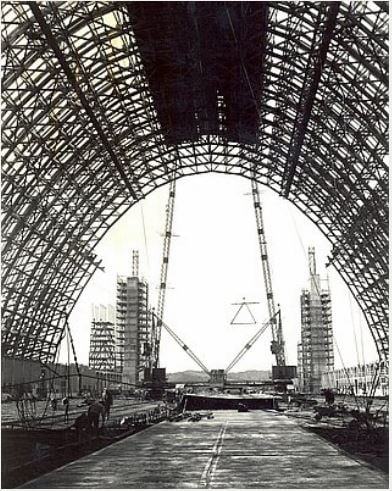
When German U-boats proved devastating in the Atlantic, Congress authorized building 200 anti-submarine aircraft “of any type.” The blimps forming ZP-33 were part of this blimp-building program. Earlier, the military had confiscated multiple blimps and other aircraft and used them for the war effort. At the end of World War II in 1948, ZP-33 was decommissioned, and Naval Air Station Tillamook was closed. This was one of the ways that Oregon lost the Navy.
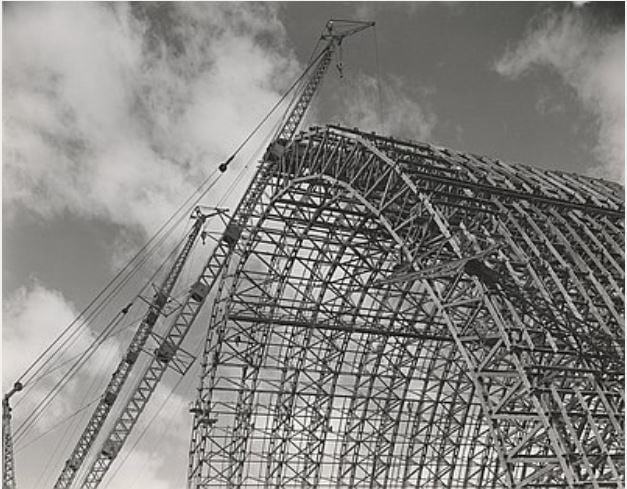
Why blimps?
The Navy used blimps primarily as anti-submarine patrol aircraft. They weren’t fast, and given the size of the ocean, they didn’t go very far (2000-mile range), but they had one advantage over nearly every other aircraft ever invented. Because they didn’t fly by lift created by airflow over a wing or by beating the air into submission as a helicopter does, a blimp could stay in the air for days, pretty much until they ran out of food for the crew.
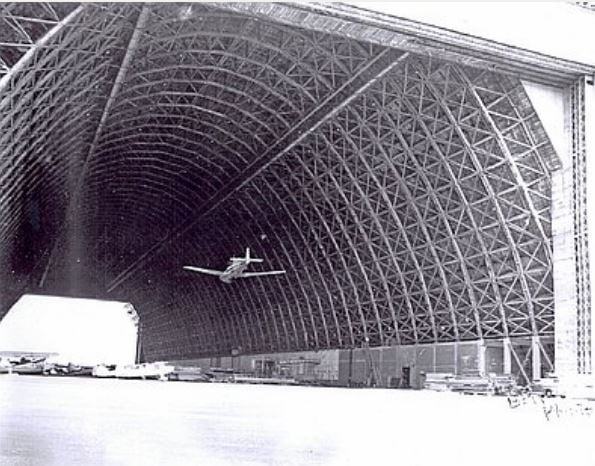
The blimps were very effective at deterring German U-boat attacks in the Atlantic. The blimps worked as escorts to convoys and to deny specific locations to enemy submarines. Blimps completely stopped all German U-boats from transiting the strait of Gibraltar. “No blimp-escorted convoy was attacked by a submarine.” Commander Settle, USN, U.S. Naval Institute Press, 1939

Airship hangers at Naval Air Station Tillamook
In 1941, the first airship was delivered to Naval Air Station Tillamook before the hangars were finished. Hangar Two was built two years before Hangar One. Hangar two is the largest free-span wooden structure (perhaps in the world). When the Navy moved out of these two hangers in 1948, Oregon lost the Navy.

Obsolete
Even though some people were still trying to get the navy back in the blimp program even in the 1980s, blimps are obsolete. Both fixed-wing aircraft and helicopters can do everything blimps can do and they can do it almost in any weather. A moderately strong wind can push a blimp far away from where it needs to be in terms of doing its job. Strong wind, especially hurricanes (typhoons in the Pacific Ocean), eliminates blimps from most serious discussions. Thus since Naval Air Station Tillamook was all about the blimp program and was not needed, Oregon lost the Navy.

Navy Facility Coos Head
Wait! I thought you said that the Navy couldn’t use Coos Bay and that was the reason that Oregon lost the navy? There was a Navy Base. The Navy however didn’t have any ships at Coos Bay.
Even though Coos Bay wasn’t a good port it was a great place to be stationed from before World War II until 1987. When we were at Coos Bay, we didn’t visit the Navy Facility at Coos Head because it was already closed. If I had my way, Coos Head would still be a “secret” Navy Base in Oregon. The reason I am including Coos Head in this article is by request from some of our wonderful followers who were stationed at Coos Head. Since they closed the base, Oregon lost the Navy also in Coos Bay.
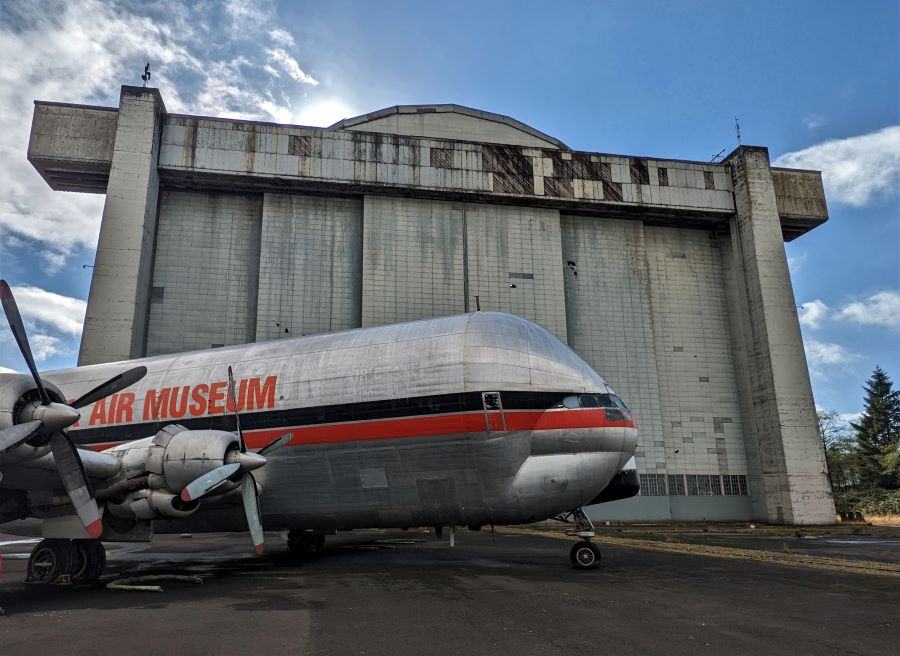
Why was the Navy at Coos Head?
The Navy choose to put a facility at Coos Head so that they could listen for submarines. They were very good at listening for submarines. I know that most of the information that I could include here is unclassified but until I visit Coos Head or perhaps another facility that did the same job as Coos Head, I don’t want to spill all the beans with the full story. It is sufficient to say that when Naval Facility Coos Head was closed, Oregon lost the Navy.

No longer needed
Well, that is not a true statement. We really could use a fully operational naval facility at Coos Head. When we get back to Coos Bay, I hope I can flesh out the story and tell you all about it. For now, I will just leave it at that. It makes me feel good that I know a secret, even if the secret is obsolete. So for now, given that Coos Head was the last Naval Facility in Oregon. After this, you can say again that Oregon lost the Navy.

Photo credits. Obviously, all the black and white pictures of the photos and the above photo were taken by an unnamed photographer. We took pictures of these photos at the Tillamook Air Museum.
Please subscribe and join us on our journey.
We will add you to our email list and send you updates once a week. Here is a link. Subscribe
About our links
Our blog income is zero, allowing us to be independent and tell the truth. We do not get income or commissions. No, we don’t make paid endorsements. We don’t make recommendations; instead, we will tell you what we like (or dislike). The links are only provided as a quick reference to help our readers.
Links
The story about our visit to the Evergreen Aviation Museum
The story about our visit to the Pima Air & Space Museum in Tucson, Arizona
The story about our previous visit to Tillamook
About Comments
We love seeing your comments, but they are not automatic. I get about twenty spam comments daily, so I don’t have automatic comments. I read and then publish every comment personally to protect the blog and keep it on-topic. So this means that you will not see your comment right after you hit submit. Sorry for the delay in publishing your comments. Please know that we would love to hear from you.

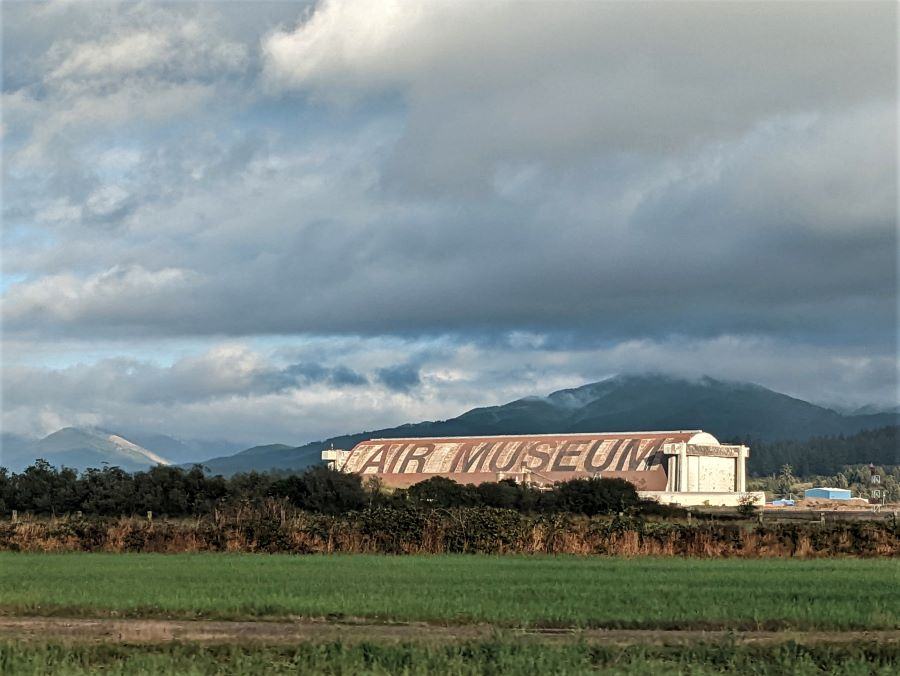
Wow. Impressive research. Thanks.
Next time we go west we will visit!!!
Wow! What a great story Scott. I’ve never been to Tillamook but it’s on my list. A couple of my side links to your story. I was on the USS Herbert J. Thomas DD-833 for my midshipman cruise in 1967. We sailed up the Columbia top Portland for the Rose Festival that summer. Second link, my thesis advisor at Postgraduate School was a retired Navy blimp pilot. He proudly wore his single-wing blimp pilot wings on his belt buckle. Third thing of note, the USN did have four dirigibles between 1923 and 1935: Shenandoah, Los Angeles, Akron and Macon. All were lost to storms, structural failure or decommissioning before the Tillamook hangars were built. Of further information, the Akron and Macon were aircraft carriers carrying Curtiss F9C Sparrowhawk fighters. Now, that would have been something to see. Thanks.
Scott,
Thanks for the history lesson. Very thorough, informative, & interesting. Enjoy 2023 with more adventures & be SAFE.
Wonderful in Retirement in Morrisville,
Jersey & Joan
It’s always nice when someone does the leg work for you, now when you visit these places you’re ahead of the game. Thanks very informative.